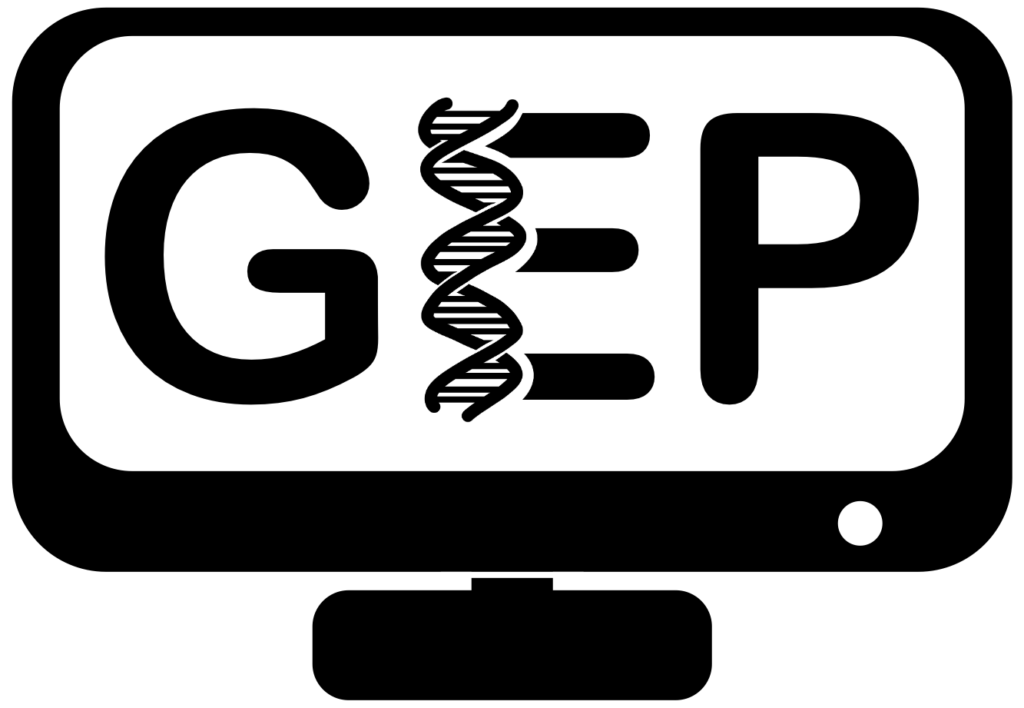Second-Generation Sequencing Technologies
This video tour is aimed at informing biology students of new advances in genome sequencing technologies and applications. Students may understand this video better after they have watched the previous video tour on First-Generation Sequencing Technologies. This video tour can be used with advanced high school students or at the undergraduate or beginning graduate levels.
Genome Center Video Tour
Introduction
Introduction with Elaine Mardis, Co-Director of the Genome Center: progress, an overview, production statistics, and uses of new sequencing technologies.
Illumina
Illumina with Cherilynn Shadding, Outreach Director of the Genome Center: Illumina sequencing technology (including bridge amplification, reversible terminator synthesis, paired end reads, problems) and Illumina production statistics.
454
454 with Cherilynn Shadding, Outreach Director of the Genome Center: 454 sequencing technology (including emulsion PCR, pyrosequencing, paired end reads, problems), 454 production statistics, and comparisons of 454 and Illumina technologies.
Applications
Applications with Dr. Rick Wilson, Director of the Genome Center: current projects (including new genomes, microbial genomes, the 1000 Genome Project, cancer genome sequencing) and implications of genome sequencing/GINA (the Genetic Information Nondiscrimination Act).
Activities
About
The video tour was produced by a partnership between Washington University Genome Center and Washington University Department of Biology. It depicts the processes involved in large-scale sequencing.
This project was funded by a Professorship Award for Dr. Sarah C.R. Elgin from the Howard Hughes Medical Institute (HHMI) to Washington University. Additional support was provided by the National Human Genome Research Institute (NHGRI) through its funding of the Washington University Genome Center Outreach Program.
